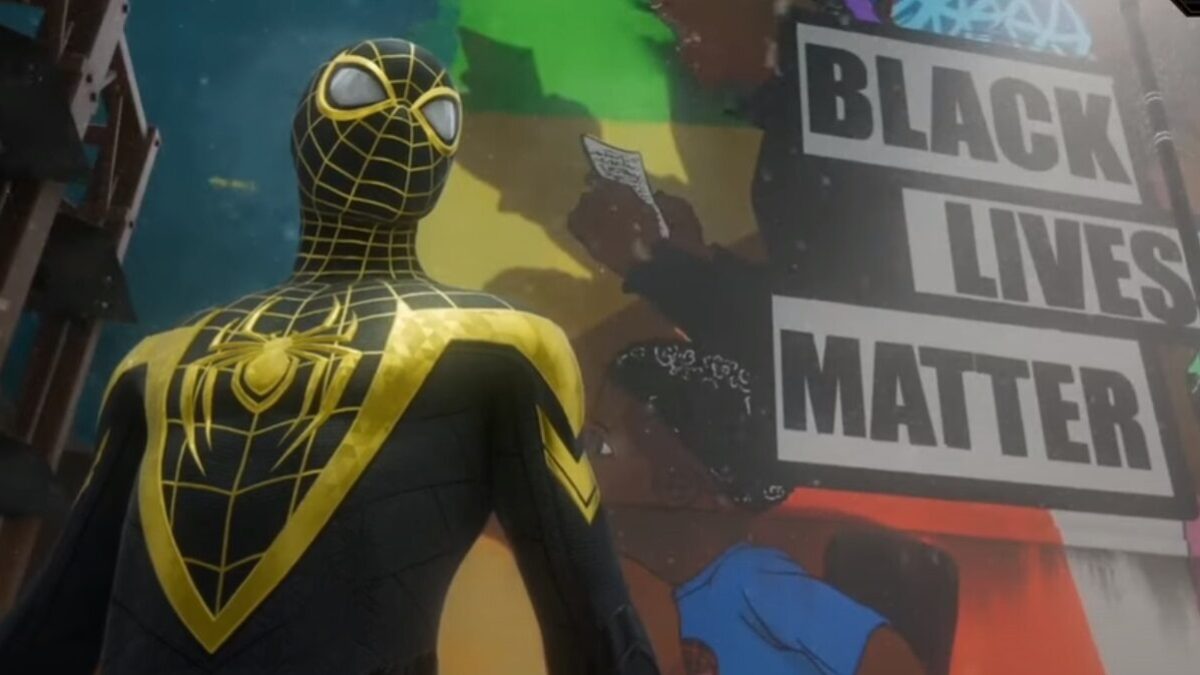
The rise of the art house video game has been one of the most interesting trends within electronic gaming. This isn’t exactly the same thing as indie games. Loads of weird, fun little indie games get made every year across the spectrum of gaming genres.
The art game is different. “Shadow of the Colossus” hit stores in 2005, produced by industry juggernaut Sony. But it’s hard to claim that game was intended to have mainstream appeal. It was an odd mix of adventure game tropes mixed with a ton of pure atmosphere.
The game consisted mostly of riding a horse around a lush landscape looking for these gigantic bosses called colossai. There were no towns to explore, no little baddies. There was some platforming and mild puzzle-solving, but mostly you just rode around looking for a giant creature to kill. When you found these Cthulhu-esque monstrosities, you had to crawl around on them looking for weak spots. When you beat all of them, you beat the game.
What was most amazing was how much fun it was. It hasn’t aged super-well, but the design still feels compelling and unique. It also spawned a sort of sub-genre for almost combat-less titles. The most prominent company that has essentially pinned their reputation on these sort of games is Thatgamecompany.
Their Playstation 3 trilogy of “Flow,” “Flower,” and “Journey” are all distinguished by a lack of combat and an almost abstract design. These games are escapist in a completely different way than mainstream first-person shooter and role-playing games. They provide an escape through relaxation. The beautiful scores and simple controls make the player feel like he’s floated away somewhere else.
It’s More of an Atmosphere Than a Game
The only problem is that many of these games aren’t really games. They’re more of an emotional experience. Playdead’s “Limbo” and “Inside” do a better job of creating the same kind of high-concept atmosphere within a more traditional game design. They are essentially slow-paced puzzle platformers.
My personal favorite is probably “Abzû,” from 2016. Some of the team that made Thatgamecompany’s excellent desert-themed “Journey” came back together for an exclusively water-based quest into quasi-Sumerian mythology. Again, there’s no combat. But there is beautiful music composed by Austin Wintory, and loads of atmosphere.
The abstract art feels almost cell-animated as you lead your little scuba diver through mystical oceans. It’s exciting, relaxing, and genuinely moving at times. It feels like you’ve fallen into a fantasy.
The latest entry in this slowly expanding genre is “The Mooseman.” It is a 2D puzzle game steeped in the obscure mythology of the Finnish-Ugric people. The closest pop culture latch for this is Disney’s “Frozen.” In case you don’t remember, there was a controversy about that film not featuring the indigenous Sami people of Scandinavia. Although their culture was featured in several ways—Kristoff’s clothes are Sami-ish, and the opening musical number, “Vuelie,” is inspired by their culture—it wasn’t enough to sate the social justice warrior wolves.
“The Mooseman’s” mythology is only partially connected to Scandinavia. It seems to be more based in pre-Christian northern Russia. The player encounters totems and idols throughout that are described as reproductions of artifacts that mostly originate in the Russian “territory” of Perm Krai. Much of this artwork feels reminiscent of Pacific Northwest Indian art or ancient cave art. It consists mostly of animals with exaggerated features. It’s beautiful and bizarre, really drawing the player in to this mythology.
The game has the player controlling the titular character. It’s not completely clear what or who Mooseman is. He’s something like a shaman. He has the ability to see the spirit world and interact with it. And he’s going on some kind of world-saving quest through the three levels of this mythological world.
The control scheme is modest: Left moves left, right moves right, and two action buttons. There’s no platforming. There is some very mild combat for part of the game. But mostly the player is just taking the Mooseman forward towards his end goal.
It’s Fun for Wandering In, and That’s All There Is
Nothing in the game is well defined. Even the artwork is a bit squidgy. It looks almost like a charcoal drawing come alive, which is beautiful. The player feels more like he’s moving through a fairytale book than a video game. All the ambiguity actually adds to the game’s mystery and appeal. As you progress, more elements are discovered and explained, but nothing really makes sense in a modern way. It’s all very mystical and exotic.
The music matches the visuals perfectly. These art games are really all about atmosphere, and this one is no different. It really should be played with high-quality, over-the-ear headphones for a more immersive experience.
It’s a short game, at only about two hours. But there is some replay value if you’re interested in collecting every item. It’s enjoyable enough to attempt at least another replay. The music alone would be worth experiencing the whole thing again.
But like many art games, there isn’t much here in terms of challenge or game design. You’re basically just moving the Mooseman forward and solving the occasional soft puzzle. Yet it’s still rewarding. Enough changes over the course of the story that the player naturally wants to see what is going to happen next.
If you like art games or obscure mythologies, this is worth checking out. I just wish there was a bit more to the game. What’s here is enjoyable and immersive, but there could have been more actual gameplay elements. 7/10









